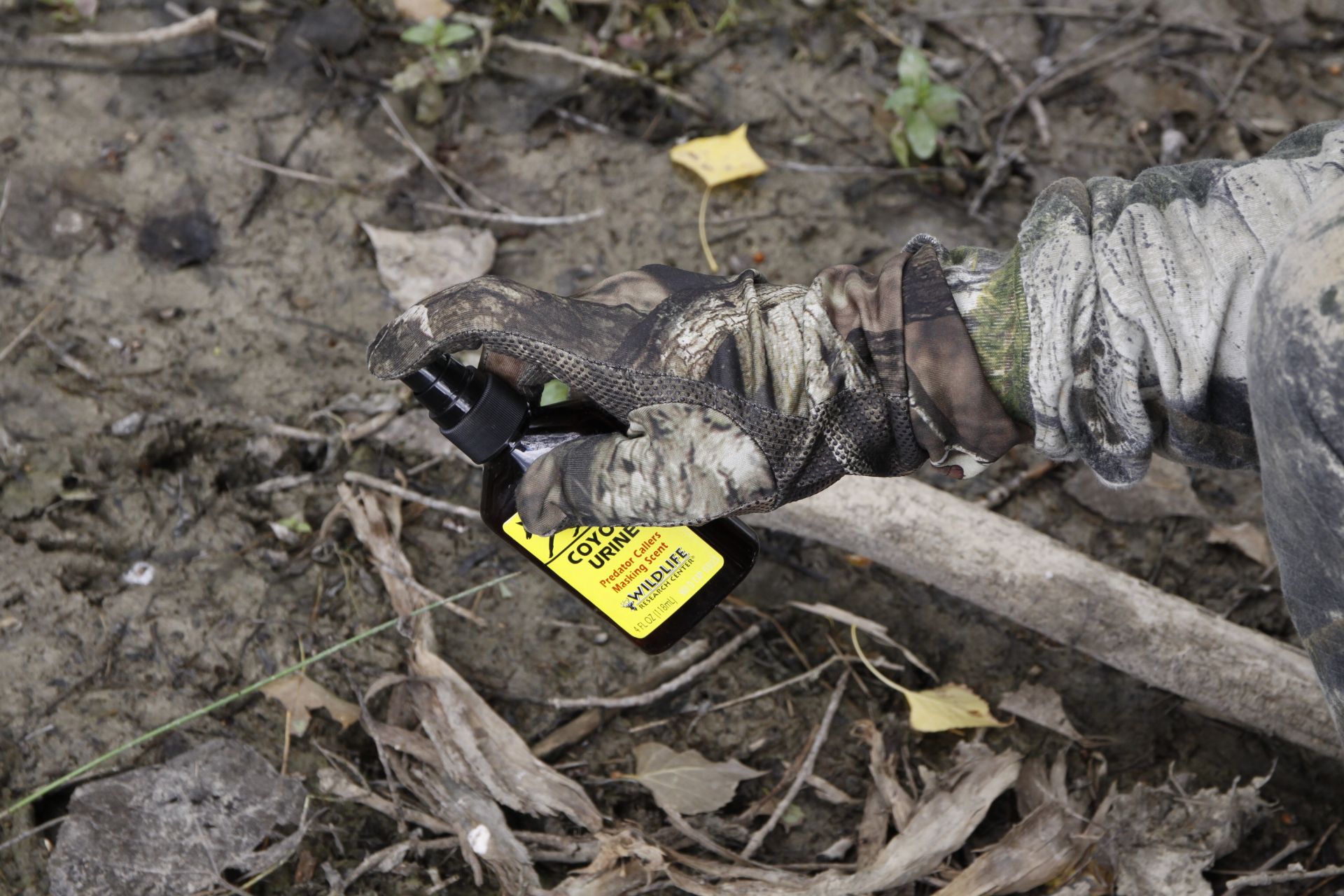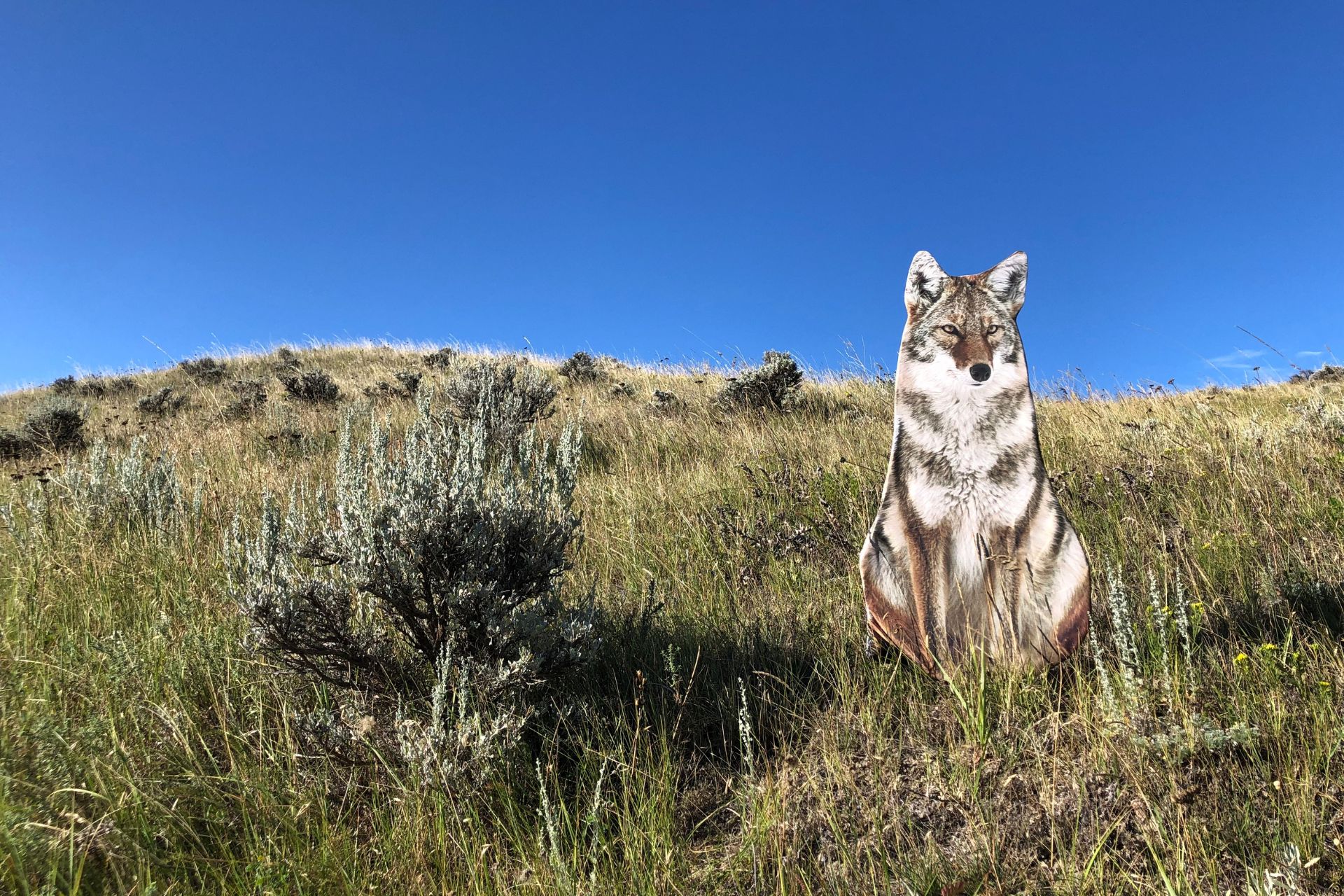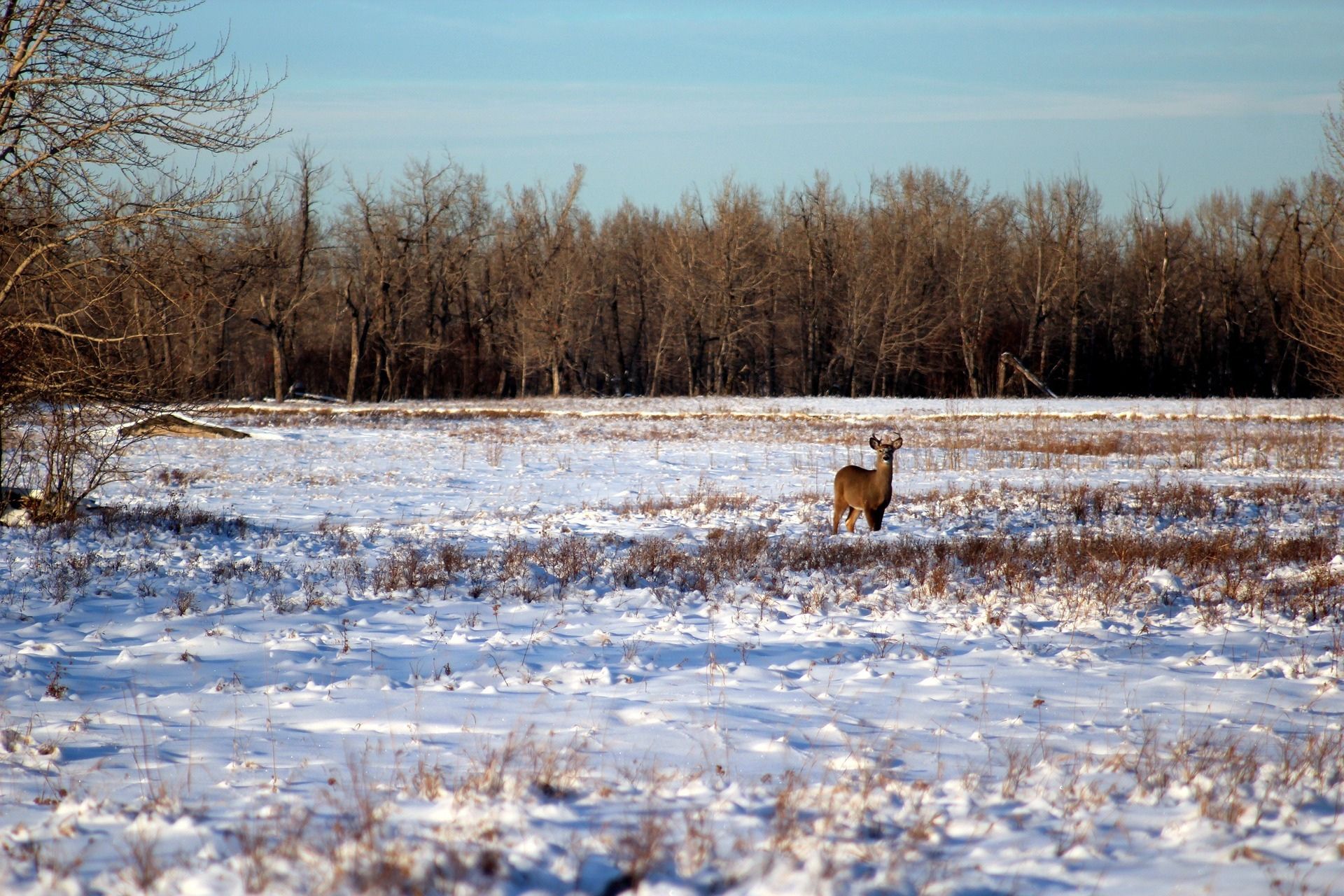Posted by Hunter Worth on Nov 21, 2023
Understanding Deer Movement Patterns
If there’s anything that hunters have tried to understand more and more, it is deer movement and their patterns. Whether you’re a veteran hunter or just starting out, finding a pattern in deer behavior can help increase your chances of success by leaps and bounds. So if you’re looking for the keys to decoding deer movement patterns and how to use them on your next hunt, you’ve come to the right place.
Let’s take a look at typical deer movement and the patterns they have. We’ll dive into these behaviors and cover some strategies to help you kill that next buck of a lifetime!
Factors That Influence Deer Movement
Deer movement is influenced by a number of things, some simple and others much more advanced and complicated. To better understand the in’s and out’s of these critters, we have to cover a few important factors:
Seasonal Changes
Deer will behave differently depending on the season. From the spring all the way to the winter, deer tend to adapt to changes in temperature, daylight hours, and food sources throughout the duration of the year.
Weather Conditions
It’s no secret that deer will have different activity levels during a day that’s bright and sunny versus a windy or snowy day. Things such as rain, snow, temperature, and wind will all affect deer movement and change their reactions to how they feed, bed, and travel.
Food Sources
There’s no better way to pattern a deer than by figuring out where his favorite groceries are. The connection between available food and deer movement is vital to success, as deer are not afraid to migrate to find the most abundant and nutritious food sources depending on the season.

The connection between available food and deer movement is vital to success.
The Rut and Breeding Season
The rut has a way of drastically changing a deer’s normal patterns and behaviors, but there is still much to learn about their activity and movement during this time of year. With increased levels of activity and territorial/breeding behaviors coming into play, it can be an excellent time to understand deer movement patterns and how they relate to the rut.
Daily Movement Patterns
There are three main aspects to developing a lead on a deer’s daily patterns: their feeding habits, bedding areas, and the travel corridors used to connect the two. Deer tend to be most active during dawn and dusk so these are prime feeding times as they move from their bedding areas to seek out food.
During the main parts of the day, deer often find thickets or thick bedding areas to rest and conceal themselves. The travel corridors are the places in between these two important areas and are ideal for setting up stands or ambush points.
While factors that we talked about before can influence how deer move between these areas, if you can figure out these three vital locations you can start to get a better picture of a pattern. And as any big buck killer will tell you, predictable patterns kill deer.

Travel corridors are ideal for setting up stands or ambush points.
Human Activity vs Deer Movement
As you might expect, human activity can drastically change deer movement patterns. Understanding how deer react to human activity in their favorite areas is important for minimizing your disturbances. For example, deer have an exceptional sense of smell. It is essential to play the wind when scouting or hunting an area in order to avoid alerting any animals.
Noise and movement can also alert deer that humans are in their favorite areas. Remain as silent as possible when in the woods so as not to disrupt their usual patterns, and try not to frequent areas too much that you know deer are using. Doing so could result in them changing their patterns, such as going nocturnal.
Figuring Out Deer Patterns
So how do you figure out these patterns for yourself? To get a better understanding, it’s vital to employ the right scouting techniques. This will help paint a more clear picture of where the deer are, what they are doing, and what their movement patterns consist of. A few key techniques include:
- Employing trail cameras - These can be invaluable for figuring out travel corridors or feeding patterns of deer. They also help minimize your impact in an area by providing intel without you being present
- Scouting in-person - While you should make an effort not to put too much time into an area to avoid human pressure, boots-on-the-ground scouting efforts will show you firsthand where the best areas are and where to spend your hunting time.
- Maps - In this digital age, we have access to multiple mapping tools and software that can help you pinpoint ideal areas and locations to focus your efforts.
Deer movement patterns are always changing and can be influenced by things such as the season, weather, food sources, and human activity. By gaining a better understanding of these factors, we as hunters can make more educated decisions that will increase our success in the woods.
